Home » Home Elevators » Home Elevator Features
Home » Home Elevators » Home Elevator Features
Lift speed
Home elevators, by code in North America, are limited to a maximum speed. Typically they will travel about 40 feet/minute on average.
Travel distance
A home elevator can travel up to 50 feet (60 feet in certain jurisdictions), servicing up to 6 stops/levels.
Size of cab
Manufacturers offer different sized elevator cabs with a maximum size of 15 square feet. A good size for many people is 40″ by 54″. If you space is limited, you may need a smaller cab. You can also order a taller cab but you will need to allow more overhead space for this.
Call station
A call station will be installed at each level of your home to call the elevator to that landing when needed.
Cab operating panel
Inside the elevator, the cab operating panel (COP) includes buttons for each level and an emergency stop button.
Capacity
Home elevators are offered to carry different weight capacities – typically starting at 750 lb and up to a 1400 lb capacity.
Entry/exit style
A standard home elevator has one door, but you may be able to add two more doors/entrances in order to service different landings in your home.
Safety features
Home elevators should include a full complement of safety features. This includes a mechanism for emergency lowering (manual or battery-operated), a telephone (you will supply the landline), elevator door interlocks so the elevator cannot operate when any door is open, a braking system to prevent overspeed and an emergency stop button.
Cab gates
Home elevators must include a cab gate for safety. There are different styles of gates including accordion folding, bi-folding and automatic sliding doors. Folding gates may operate manually, or can be automated to open when the elevator has stopped at the desired landing.
Hall doors/gates
A home elevator also requires a door that is fixed to each landing. This can be a swing-style solid core door that is provided by your contractor to look like the other doors in your home. It must be fitted with an interlock so that it can only be opened when the elevator is stopped at that landing. It is imperative that the contractor installing a swing-style door minimizes the gap between the cab gate and hall door to meet elevator code. If the gap is too large, it poses an entrapment hazard for a small child to fit. Alternatively, a space guard can be installed on the inside of the landing door to minimize the gap.
Instead of a swing-style door, manufacturers may offer automatic sliding doors that are installed by the elevator mechanic. These doors eliminate the gap hazard and an added bonus is that they look great.
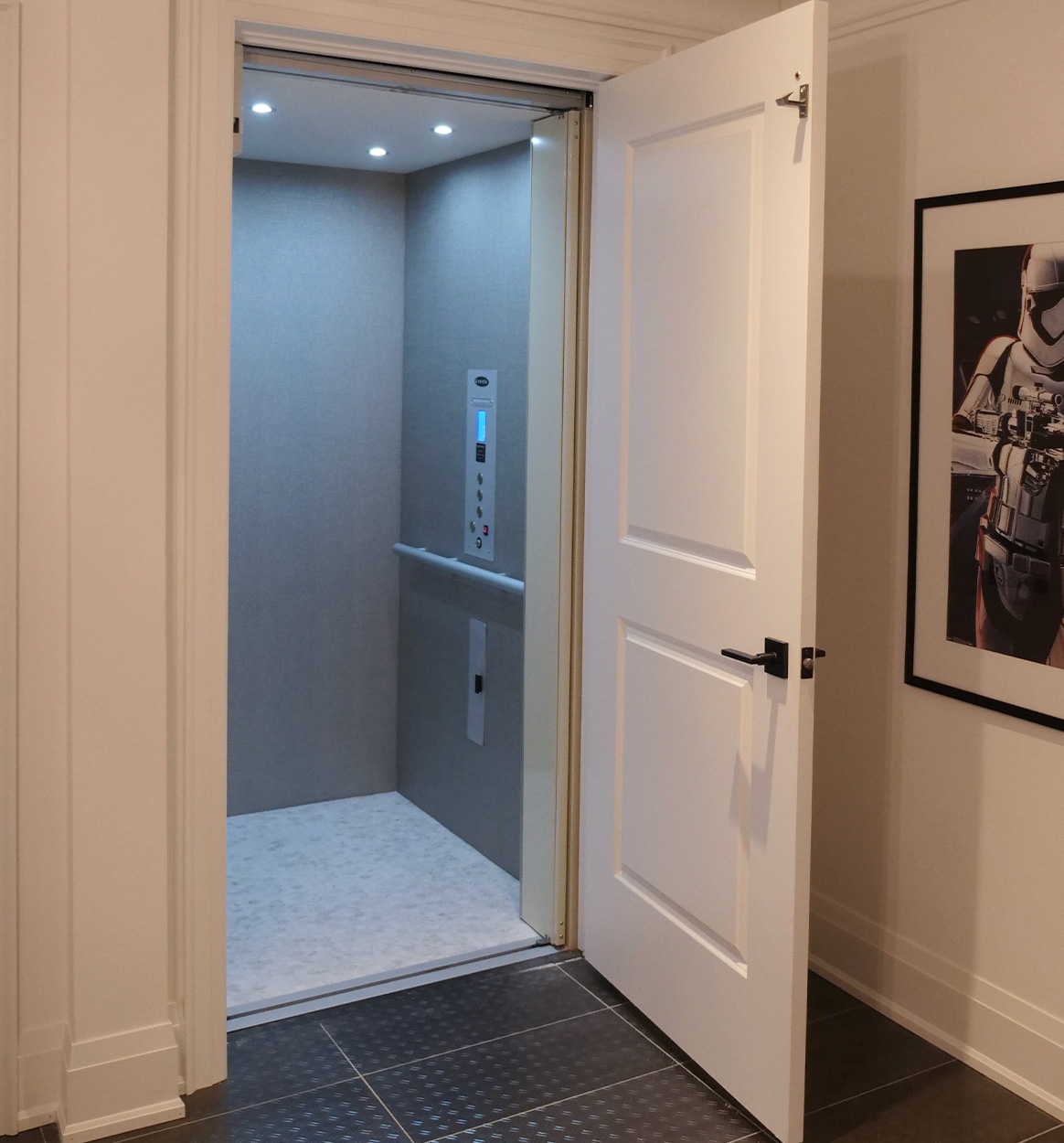
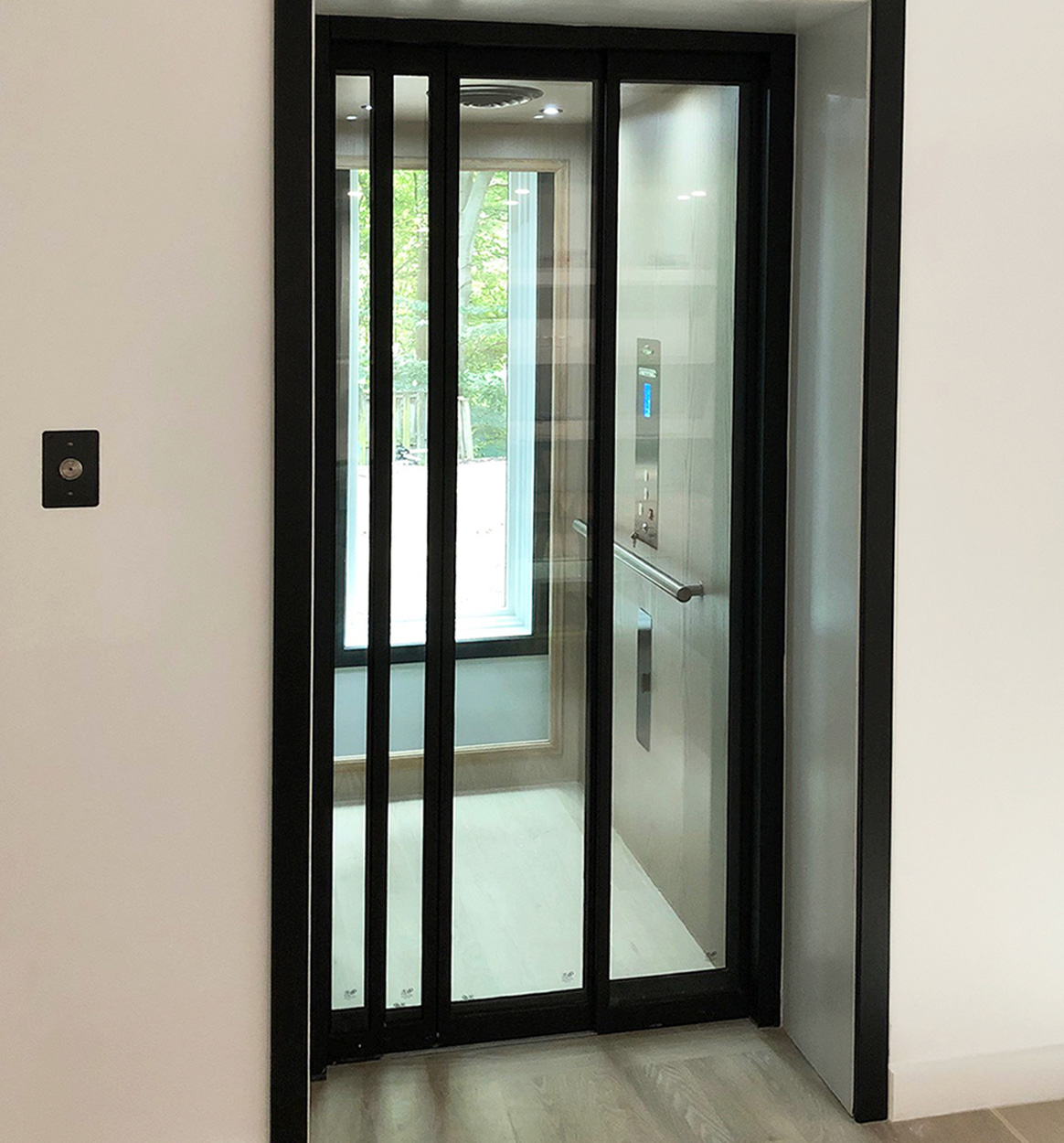
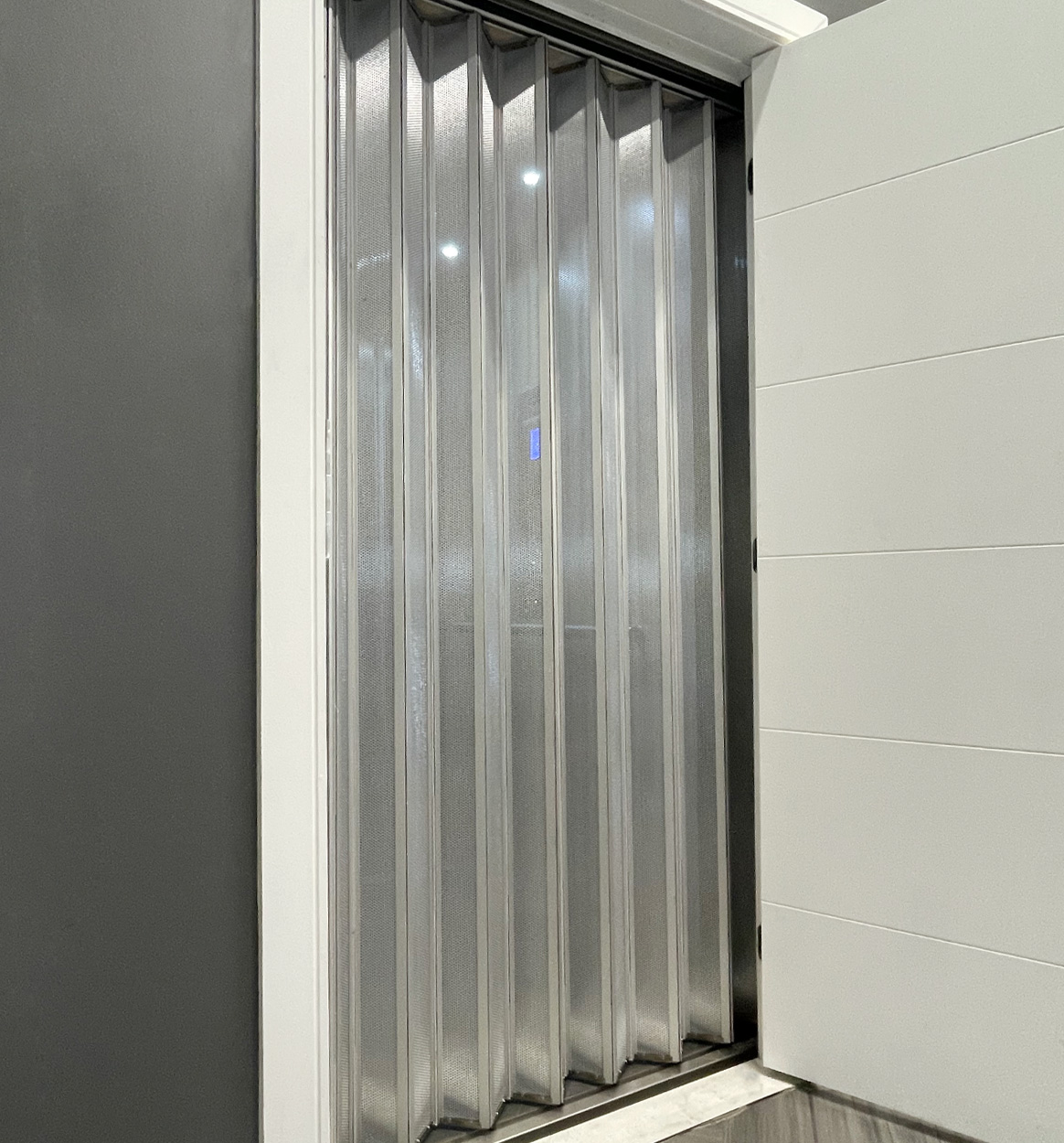
Cab walls
Manufacturers offer a range of materials and colors to match your taste and preferences. Traditional hardwood, veneer, painted MDF, luxury finish MDF and melamine are examples of finishes that are offered. Manufacturers may also offer upgrades such as glass walls, windows or mirrored walls. Some clients also opt for an unfinished MDF cab and they have their contractor finish it as desired.
Fixtures
Home elevators include fixtures such as the hall call station, the cab operating panel, the handrail and the pot light trim rings. You will be able to choose from various finished or painted metals.
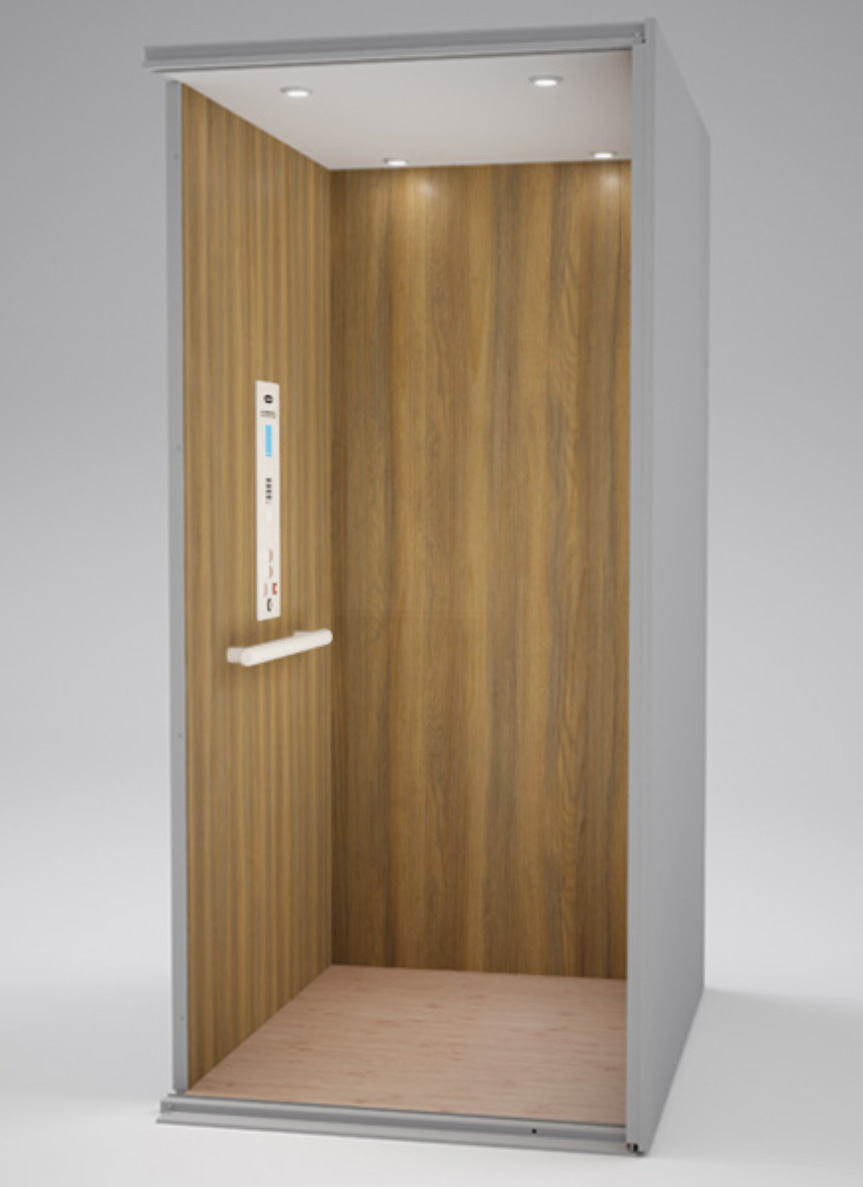
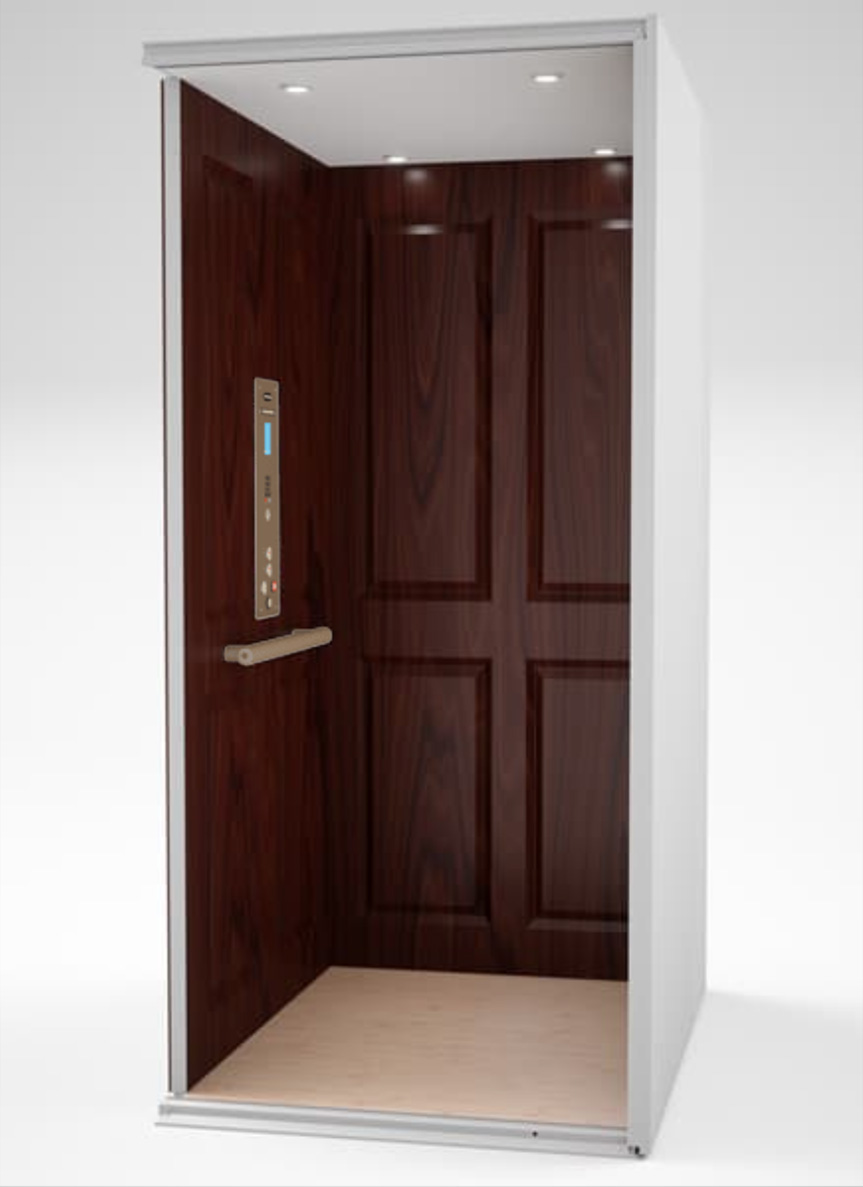
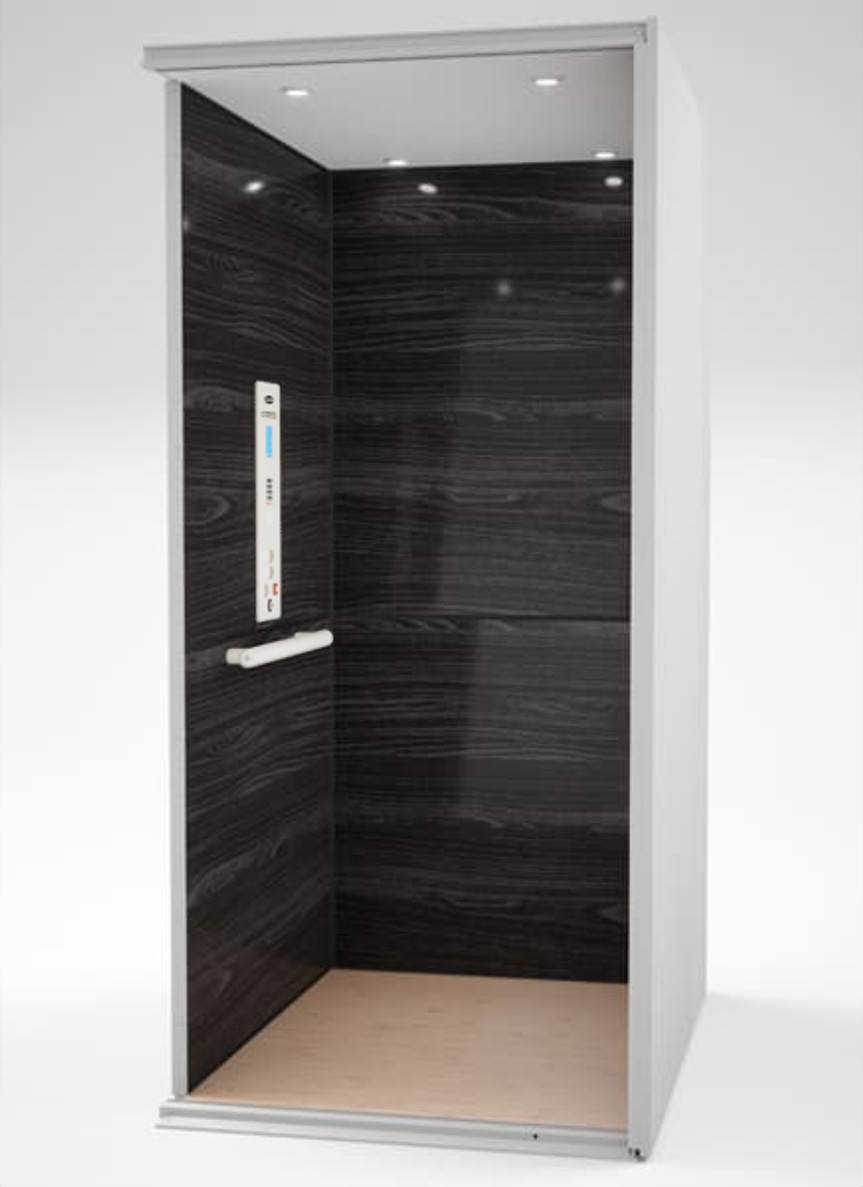
Manufacturers offer different cab finishes and styles.
Founded in 1993 when the Internet was just starting to become important in day-to-day life, Silver Cross built its roots as relationship company. It formed partnerships with experienced dealers and installers of stair lifts, elevators and other mobility equipment in order to bridge the gap between the prospective customer and a pre-qualified, knowledgeable local dealer.